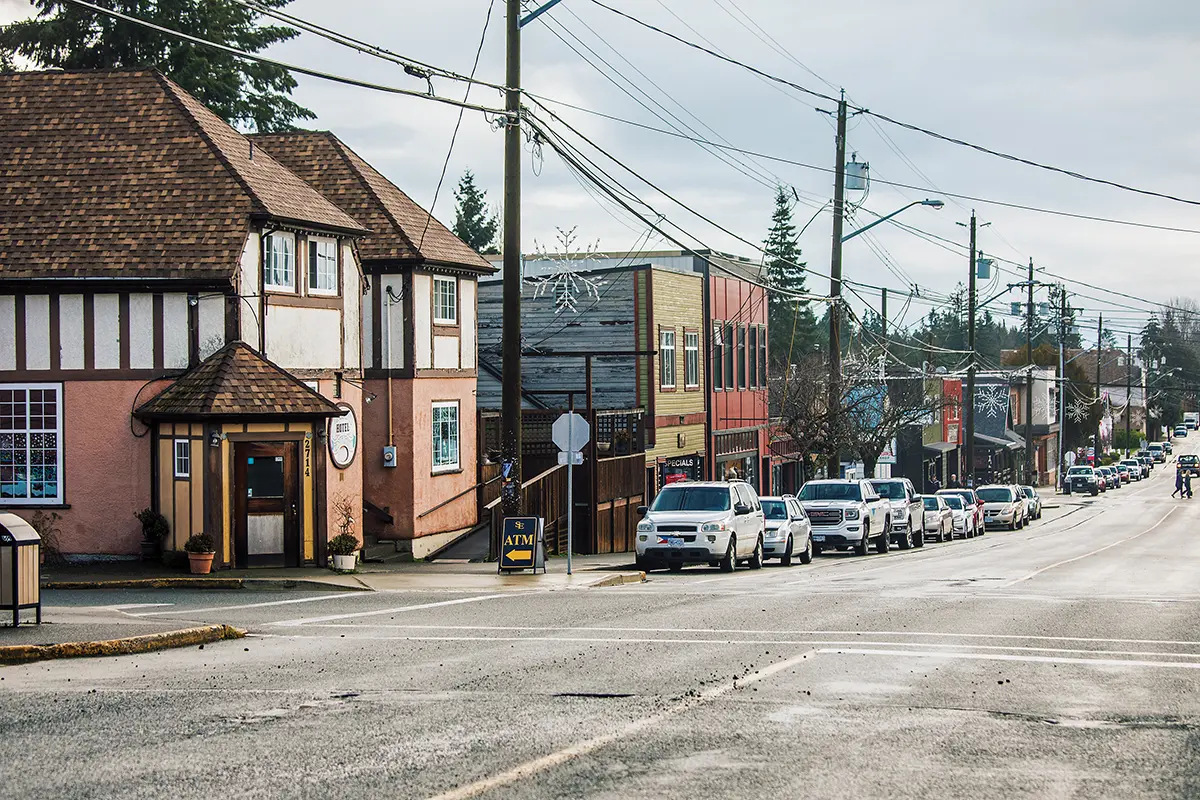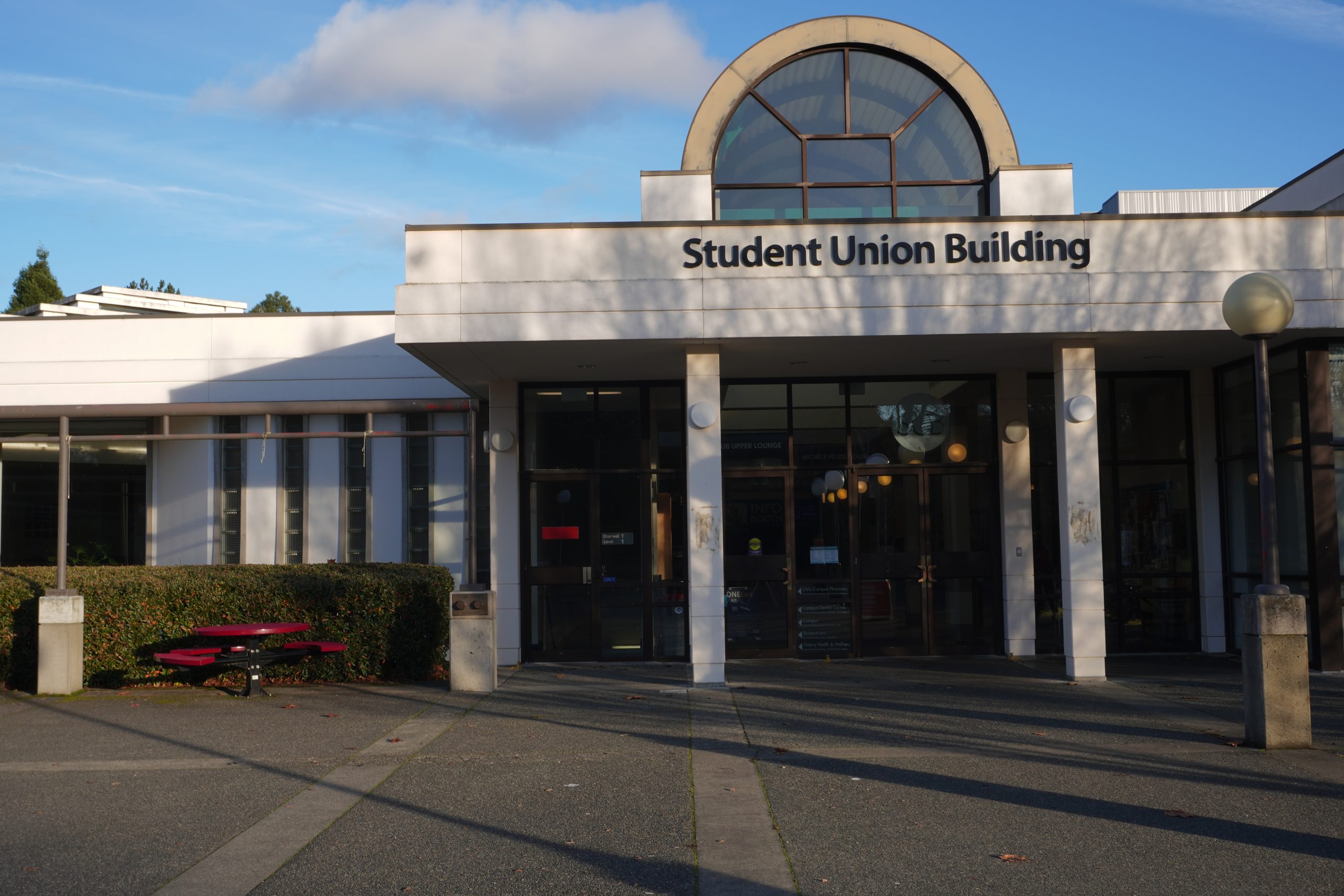UVic’s Canadian Blood Services Club held a blood drive on Feb. 18, in the Michèle Pujol Room of the Student Union Building. The campus blood drives are a collaborative effort between the Canadian Blood Services Club and Canadian Blood Services.
The club’s members are students who also volunteer with Canadian Blood Services. While the club doesn’t have an official mandate, they do focus on getting younger people involved in the blood donation process. Blood drives are familiar sight on campus, especially because of the need for blood donations from younger donors. The eligible age range for a person to donate is from 17 to 70 years of age. However, due to the aging population of Canada, there is a greater demand for donations and fewer people with the ability to donate.
Club co-president Alyssa Hrenyk says, “Obviously younger people make better donors. The older you get, the more likely you are to be deferred for medical reasons, because you’re taking medications or those kinds of reasons. So it’s always better to have younger people. You’re more likely to be healthy, we have more energy, and I think just in general it’s better to engage young people.”
“We should really be focused on, especially in university, giving back to our community,” says Hrenyk, “and volunteering with the Canadian Blood Services has been a really great experience for me. I think that more people would enjoy volunteer experiences if they were exposed to them, so that’s why these clubs are really great.”
Student engagement has not been a problem for the club. UVic students have been receptive toward Canadian Blood Services and the Canadian Blood Services Club. The club has found that students have reacted positively to its activities. As well as students acting as volunteers, the appointments at on-campus blood clinics tend to fill up with student donors.
Due to popularity of on-campus blood donation, Hrenyk recommends scheduling an appointment to donate as soon as possible. “So many young people are willing to donate that it fills up really quickly. We leave a couple openings for walk-ins, but, because there’s so many people donating, walk-ins typically have to wait longer than an hour, and we can’t even guarantee them an appointment. So for campus particularly, we really encourage appointments.”
Donating takes about an hour, but can take longer or shorter depending on how many appointments are scheduled that day. The process to donate begins by signing in and completing questionnaires that assess medical history and background. The clinic then checks hemoglobin in a donor’s blood, to ensure they have enough to donate. A nurse takes each donor’s blood pressure and temperature as well as reviewing the donor’s questionnaire answers, and determines if the donor is eligible to donate at the time. Hrenyk says, “If you pass all those tests, you move on. You go to the actual donation part, which takes about five to 15 minutes depending on the person. And then you go get cookies and juice and hang out with the volunteers.”
While the campus clinics don’t have problems recruiting donors, some people may find it difficult to donate due to personal reasons or fear of needles. However, there are other ways to participate in the club and donation process.
“We don’t want to pressure anyone to donate who isn’t comfortable or isn’t willing. That’s not at all what we’re trying to do. So if someone is right off the bat not interested, we’ll give them all the information they like. We try to inform them, and if they’re still not interested and their fear’s still too great, that’s fine. We just encourage them to maybe make a group donation by encouraging their family and friends to go. Or volunteer, or maybe one day try to donate,” says Hrenyk. “If someone’s not interested in donating, I don’t think it’s a good idea for them to go, because it’s going to be a negative experience, and we don’t really want that for people. We really want everyone to have a positive experience.”








